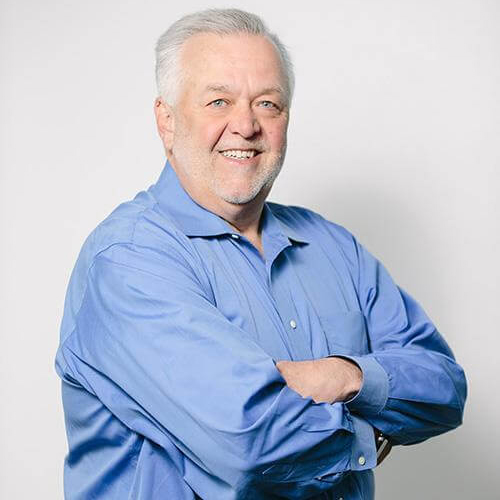In a famous tax court case from 1934, Judge Learned Hand spouted what is now a famous quote amongst us tax nerds. Justice Hand said that “anyone may so arrange his affairs that his taxes shall be as low as possible; he is not bound to choose that pattern which will best pay the Treasury; there is not even a patriotic duty to increase one’s taxes”.
Here we are 89 years later, and most would still agree with this quote regardless of your political persuasion.
As this quote relates to your 2023 tax return, which is due in April 2024, it is possible that this tax year is unique compared to prior years. As you know, most of the planning ideas to reduce your next income tax bill must be done before 2023 ends. Generally, tax planning falls into a few large categories. Strategies that impact your income and deductions, strategies that impact the taxes you pay on investments and the ultimate estate tax along with the related planning opportunities while you are alive.
If you own or control a business, you may be in a position to defer income into future years or accelerate it if it helps this year. There is no guarantee that rates will stay the same in future years, but the best you can do absent any other information is to utilize the known tax rates at the time you do your forecasting.
Maximize any remaining retirement contributions. Deducting retirement contributions in your highest tax bracket years and then pulling it out at a future lower rate is not realistic for many. This may be most meaningful for self-employed persons and business owners who can control the type of retirement plan offered by the business.
Remember if you have any directors’ fees, side gigs or any income producing activities that generate IRS form 1099, then you may be eligible to establish another retirement account to deduct against some of this income.
Consider paying bills that may qualify for a deduction in 2023 before the year ends. But before you write checks and hope that they are deductible, work with a qualified CPA to be sure that you are not going to have those deductions limited or reduced because of the alternative minimum tax, phasing out due to income thresholds or because you exceeded the deductible amount. For charitable deductions, the limit is high, and you can use a donor-advised fund to park the money until you decide which charities you want to make gifts. Ask us if you want to understand the charitable deduction limits for you.
For business owners, you should consider discussing with your CPA if you can place certain property and equipment in place prior to 12/31 and become eligible to write off up to $1,160,000 of those qualified purchases. The key here is to place the property into service before year end, which means a lot more than simply writing a check. The equipment would need to be in service, which means able to be put into use by 12/31. Your CPA will be able to discuss if this option is best for your situation.
Take a closer look at your investment statements. Are there any gain or loss harvesting opportunities that could help you? This could be extremely valuable for those showing large gains with taxable income that places you in the highest tax bracket, including the 3.8% surtax on investment income. For our clients, we will do this before the year ends and act accordingly.
John P. Napolitano CFP®, CPA, PFS, MST is Founder and Chairman of Napier Financial in Braintree, MA. Visit napierfinancial.com for more information. The opinions voiced in this material are for general information only and are not intended to provide specific advice or recommendations for any individual. Legal counsel should be consulted for specific advice or recommendations about any individual’s personal legal circumstances. Investment and financial planning advice offered through US Financial Advisors and Great Valley Advisor Group, Registered Investment Advisors.

